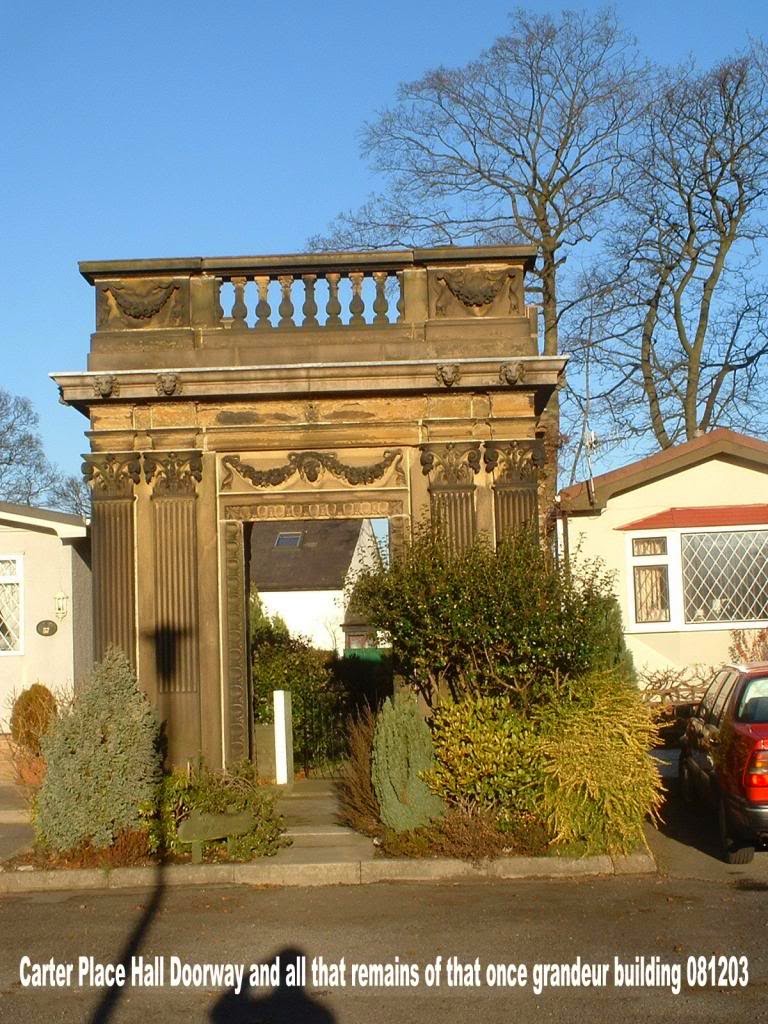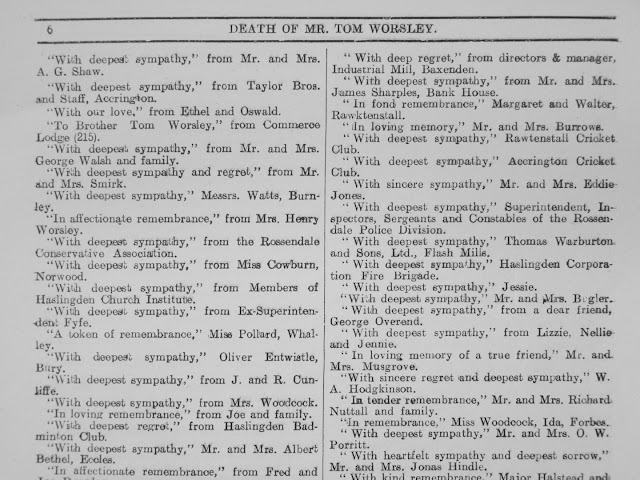High on Cumberland heights,
“Dadd-y-ing" * sheep along their way,
To each shearer’s delight,
Or carrying chalk to shearer’s shouts,
If nicked a sheep to stop the bleed,
And taking ale or juice at regular bouts,
Throughout that “magical” day”.
The day’s finish was signalled to all,
And to the barn we did retreat,
Laid out was a meal fit for a King,
Home killed, homemade, homebrewed!
It was a Saturday morning when we set off and I remember us catching the 244 Ribble bus which at that time went over the Haslingden Hud Hey and through Blackburn to Preston. Then at Preston we changed buses onto a old double decker Ribble bus that took us all the way to Eamont Bridge near Penrith. And little did I know then, that the week was going to throw up some great experiences, but the main memory was of becoming a “Sheep shearer’s helper for a day.
The summers then (1959/1960 period) were generally sunny and very hot on most days especially during July. We had arrived on summer vacation to my friend Malcolm’s relation who fortunately for us just happened to be the River Bailiff on the River Eamont near Penrith. It was great to stay here in his family home which was built on the banks of that fast flowing river. As the week went on we would try our hand at fishing on most days and also had the pleasure of slipping the bank and accidentally ending up within the river. On another day we visited the fabulous waterfall named Aira Force.
But still the best had to come, and that was the day we went along to help (or I wonder if we hindered) with the sheep shearing at a farm which was so high up in the monstrous heights somewhere overlooking the great lake of Ullswater. The account of that very special day as I remember it went as follows:
“The day had been previously arranged for us, and can only think that perhaps our host farmer was some relation or close friend of Jims, the River Bailiff at Eamont Bridge where we were staying.
.jpg) |
| We certainly didnt complain about "Peripheral Vascular Disease" those days |
Eventually we arrived at the farm, and I remember that just looking back to Ullswater below and the long twisting road we had come up looked so small, set within that far bigger picture. And that “pain peddling” achievement was now so well rewarded by the beautiful feeling of being on top of the whole wide World in front of you. It did not stop at that, much more was on offer as well with that farmhouse set out in such a picturesque setting of oldy, worldy. It seemed idyllic even before the eyes of a sprouting (almost) teen. With local stone flags and cobbles as well set out in true “westmorland/cumberland style”, and the buildings were well aged with weather worn stone which you immediately thought could date back to the “arc”, there was character all around with lots of small windows which were very narrow and tall, which today I understand would be called “mullion” windows, and the door to the farm was very old and very thick and heavy, in fact you wondered how on earth did those hinges support such a weight, but they did and had done for probably decades. All the tops of the surrounding walls were covered in a thick most beautiful green coloured moss which lay there perfect and looked like the whole area had been fitted into a green velvet garment.
All around the farmyard there were several wooden chairs which had seen better days, forming a poor shaped circle, and these were to house the buttocks of the dozen or so “shearers”, who were the local collection of neighbouring farmers who had come today to carry out the annual sheep shearing duties. They all helped one another at this very busy time, moving around from one farm to the other, until all the farms in the neighbouring collective had been completed. What a beautiful way of doing things and I wonder if this is still the practice today.
Prior to this most spectacular of days, lots of preparatory work had obviously taken place with the farmer and his family members or their appointed shepherds together with their agile working dogs gathering the sheep, and driving them down from positions higher up on the fell sides, and down to the few noticeable enclosures dotted around the farm, and near to where we were stood.
So the working day began! And we were quickly shown our duties, one of us was to carry the sheep out from the enclosure to the shearer, whilst the other was to “run with the chalk”. After a hour or two we would swap over jobs. If you was the carrier you had to quickly get the knack of sort of getting the sheep into position by a sort of twisting movement, then to perform the art of what we called “dadd-y-ing”* the sheep whilst upright and between your legs and with your hands holding the sheep under its front legs and taking them towards the shearer where he would then take the sheep from you and re adjust the sheep into a more comfortable position, before he carried out his shearing duties. The shearing was carried out with specially designed “shears” which were made from a springy metal.
The other person who carried the chalk, was to run to the shearer as soon as he shouted for the chalk. It meant he must have “nicked” the flesh of the sheep whilst shearing and the white ground up chalk powder rubbed into the wound seemed to quell the small amount of blood and dry up the wound almost immediately.
There was also another job that day, but we were were not allowed to take part directly in this particular job, which was to carry around a large white jug of ale to each of the shearers every now and again and when they had worked up a sweat. But guess what, every so often we did manage to get the odd glass spilling over our way.
.jpg) |
| "Everything you could think of" |
Now it was almost time to leave that farm to return back to Eamont Bridge. We could see Ullswater lying in the distant bottom. So on our bikes in our semi inebriated one eye open and one eye shut state we began to freewheel all the way down that bendy road to the bottom.
What a very special day that was, and one that has stayed within my memory now for well over 50 years.
(* Dadd-y-ing is probably a Lancashire slang word for the motion of moving a large oversize object (similar to a flag),
whereby you would rock it from side to side whilst at the same time edging one of the corners forward and then edge the other corner even more further forward. I suppose it is not unlike the “waddle” motion of a duck.)
(* Gill pronounced Jill is a measure of ale between a quarter of a pint, or a third of a pint and as in our case was a half pint measure)

.jpg)
.jpg)
.jpg)
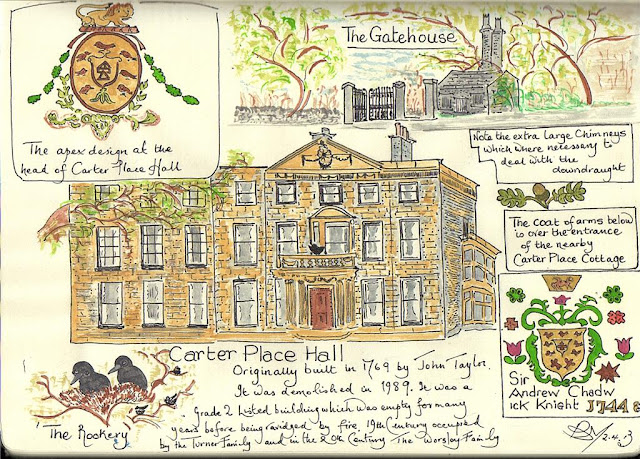.jpg)

.jpg)
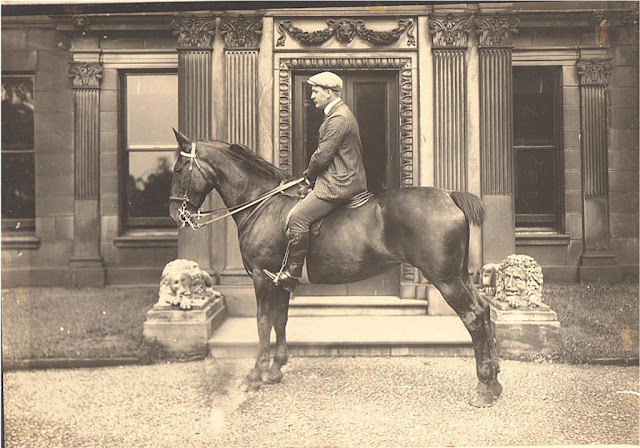.jpg)

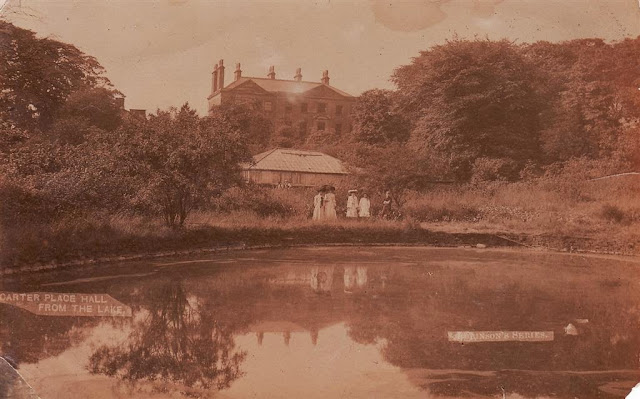.jpg)

